So everything about this beer from inception was a bit of a experiment so let me explain why before briefly going over how it turned out.
1st: I was planning on going to a music festival for which I wanted some good homebrew to supplement the PBR but they prohibited glass and kegs so I wanted to test out bottling in 2-Liter bottles.
2nd: I had never used Citra hops and had some laying around so I wanted to test them out.
3rd: I have never really tried hopbursting a beer before and wanted to try that out.
4th: I have never done a SMaSH recipe before and wanted to try that out.
So first off the 2-liter bottling was a great success. I did a 2.25 gallon batch and had just over enough for three 2-liter bottles. I used Root-beer and Ginger Ale bottles and even after cleaning with PBW and sanitizing with Star San the smell of the soda wafted out while I was bottling but luckily the Citra hops overpowered anything left behind during drinking. I used Northern Brewers priming sugar calculator and it carbed up just perfect in two weeks and with a full campsite of people we were able to drink each bottle quickly enough that there were no issues with the beer going flat. Overall I thought this was a great idea for special occasions like this because it was easy to transport, share and then clean up with no negative affect on the beer.
Secondly; Citra Hops are awesome! They were packed full of aroma and flavor and I have never heard of a more appropriately named hop. Honestly, as much as I liked them I think they would be even better as an accent hop because while they were great by themselves I found the beer overall to be a bit simplistic in taste. Perhaps with a more traditional bittering addition they really would have thrived. Or with another flavor addition and then utilizing these as a aroma and dry-hop addition.
Thirdly; hopbursting was interesting to try. I went with no bittering addition and did a 15, 10, 5, 0 hop schedule with a half ounce of Citra each time and my kitchen smelled glorious. However, while I was being punched in the face with the Citra aroma and flavor the beer seemed to be a bit lacking in complexity.
Fourth and finally I failed miserably at the SMaSH recipe. Maybe someday but every time I attempt to do one I find myself adding something at the store. This time it was 5% Honey Malt which in the end I think did add to the sweetness and was nice complement to the Citra. I also tossed two ounces of Midnight Wheat in for a color adjustment which wound up being over the top and producing a much darker wort that I had expected.
Overall though this beer was pretty tasty and exactly what I was shooting for on a hot summers day. The simplicity of the grist along with the crispness of the San Francisco Lager Yeast really let the hops shine through while producing a very sessionable tasting 5% beer.
Hybrid Citraburst
American Pale Ale
Batch Size (fermenter): 2.25 gal
Brewer: Charles Madison
Brewhouse Efficiency: 65.00 %
Ingredients Amt Name Type # %/IBU
4 lbs 12.0 oz Briess 2-Row Brewers Malt (1.8 SRM) Grain 1 92.7 %
4.0 oz Honey Malt (25.0 SRM) Grain 2 4.9 %
2.0 oz Midnight Wheat (550.0 SRM) Grain 3 2.4 %
0.50 oz Citra [12.00 %] - Boil 15.0 min Hop 4 21.1 IBUs
0.50 oz Citra [12.00 %] - Boil 10.0 min Hop 5 15.4 IBUs
0.50 oz Citra [12.00 %] - Boil 5.0 min Hop 6 9.3 IBUs
0.50 oz Citra [12.00 %] - Boil 0.0 min Hop 7 0.0 IBUs
San Francisco Lager yeast slurry from previous batch
1st: I was planning on going to a music festival for which I wanted some good homebrew to supplement the PBR but they prohibited glass and kegs so I wanted to test out bottling in 2-Liter bottles.
2nd: I had never used Citra hops and had some laying around so I wanted to test them out.
3rd: I have never really tried hopbursting a beer before and wanted to try that out.
4th: I have never done a SMaSH recipe before and wanted to try that out.
So first off the 2-liter bottling was a great success. I did a 2.25 gallon batch and had just over enough for three 2-liter bottles. I used Root-beer and Ginger Ale bottles and even after cleaning with PBW and sanitizing with Star San the smell of the soda wafted out while I was bottling but luckily the Citra hops overpowered anything left behind during drinking. I used Northern Brewers priming sugar calculator and it carbed up just perfect in two weeks and with a full campsite of people we were able to drink each bottle quickly enough that there were no issues with the beer going flat. Overall I thought this was a great idea for special occasions like this because it was easy to transport, share and then clean up with no negative affect on the beer.
Secondly; Citra Hops are awesome! They were packed full of aroma and flavor and I have never heard of a more appropriately named hop. Honestly, as much as I liked them I think they would be even better as an accent hop because while they were great by themselves I found the beer overall to be a bit simplistic in taste. Perhaps with a more traditional bittering addition they really would have thrived. Or with another flavor addition and then utilizing these as a aroma and dry-hop addition.
Thirdly; hopbursting was interesting to try. I went with no bittering addition and did a 15, 10, 5, 0 hop schedule with a half ounce of Citra each time and my kitchen smelled glorious. However, while I was being punched in the face with the Citra aroma and flavor the beer seemed to be a bit lacking in complexity.
Fourth and finally I failed miserably at the SMaSH recipe. Maybe someday but every time I attempt to do one I find myself adding something at the store. This time it was 5% Honey Malt which in the end I think did add to the sweetness and was nice complement to the Citra. I also tossed two ounces of Midnight Wheat in for a color adjustment which wound up being over the top and producing a much darker wort that I had expected.
Overall though this beer was pretty tasty and exactly what I was shooting for on a hot summers day. The simplicity of the grist along with the crispness of the San Francisco Lager Yeast really let the hops shine through while producing a very sessionable tasting 5% beer.
Hybrid Citraburst
American Pale Ale
Batch Size (fermenter): 2.25 gal
Brewer: Charles Madison
Brewhouse Efficiency: 65.00 %
Ingredients Amt Name Type # %/IBU
4 lbs 12.0 oz Briess 2-Row Brewers Malt (1.8 SRM) Grain 1 92.7 %
4.0 oz Honey Malt (25.0 SRM) Grain 2 4.9 %
2.0 oz Midnight Wheat (550.0 SRM) Grain 3 2.4 %
0.50 oz Citra [12.00 %] - Boil 15.0 min Hop 4 21.1 IBUs
0.50 oz Citra [12.00 %] - Boil 10.0 min Hop 5 15.4 IBUs
0.50 oz Citra [12.00 %] - Boil 5.0 min Hop 6 9.3 IBUs
0.50 oz Citra [12.00 %] - Boil 0.0 min Hop 7 0.0 IBUs
San Francisco Lager yeast slurry from previous batch
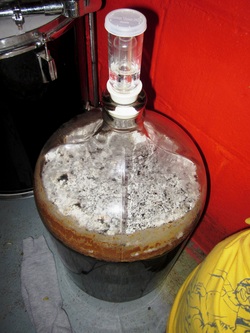
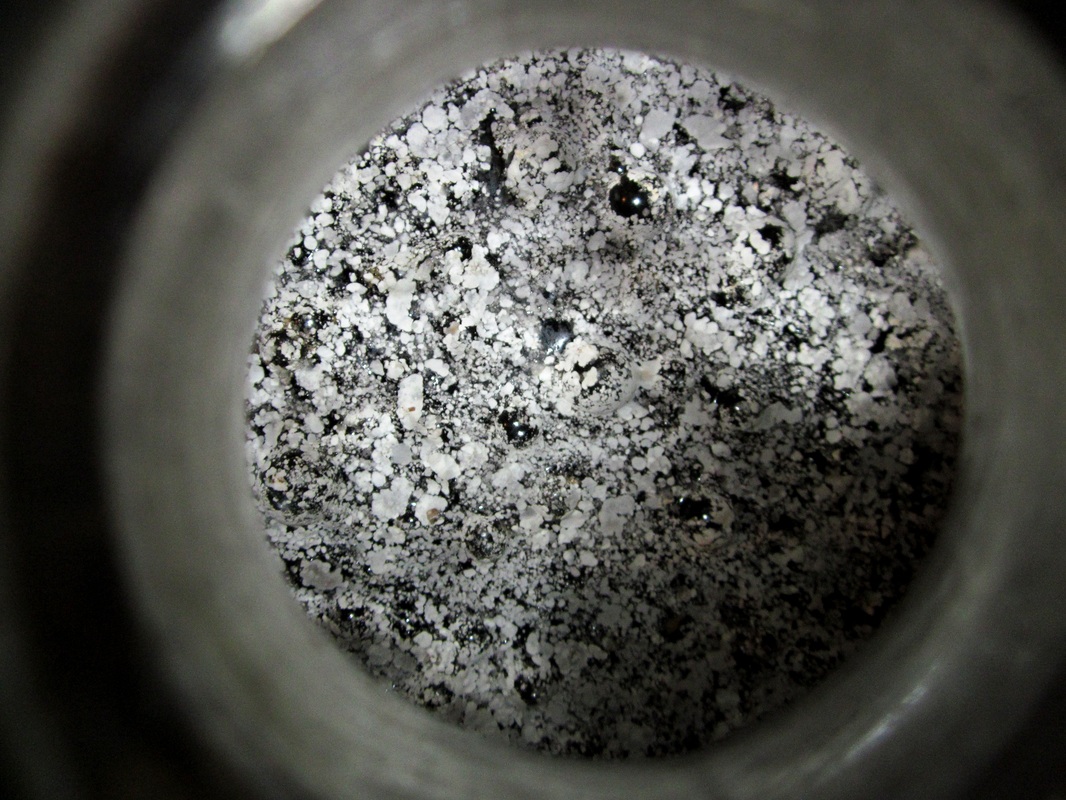
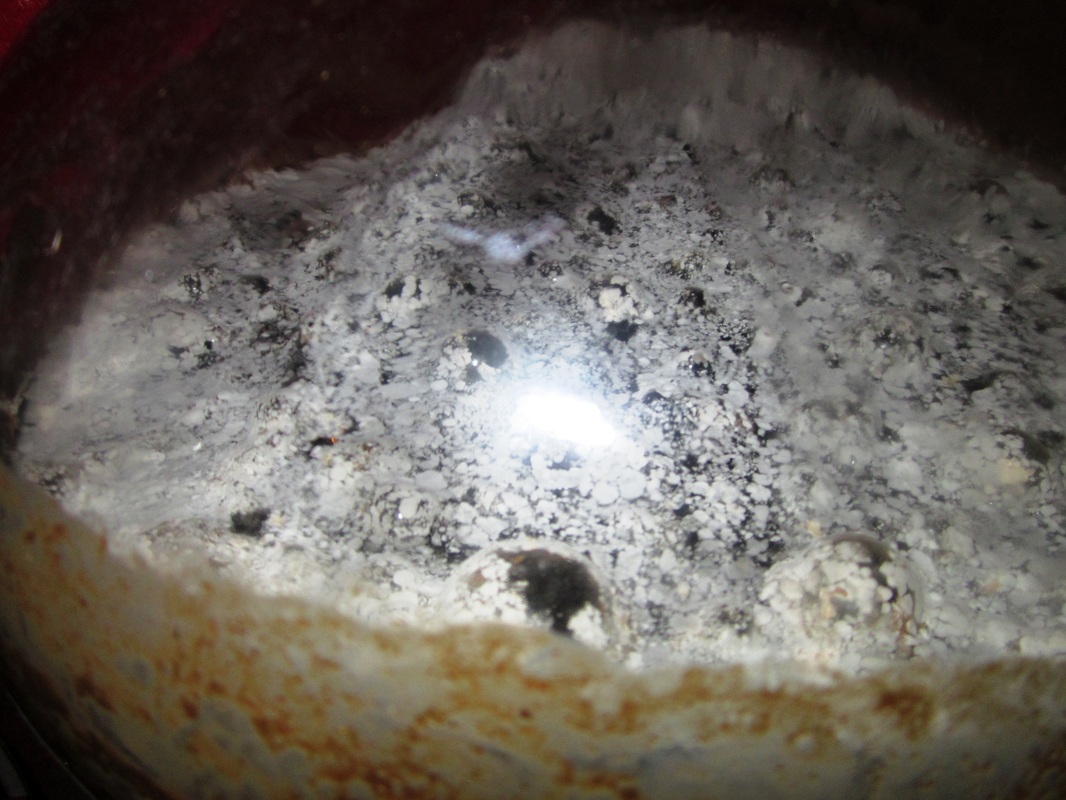
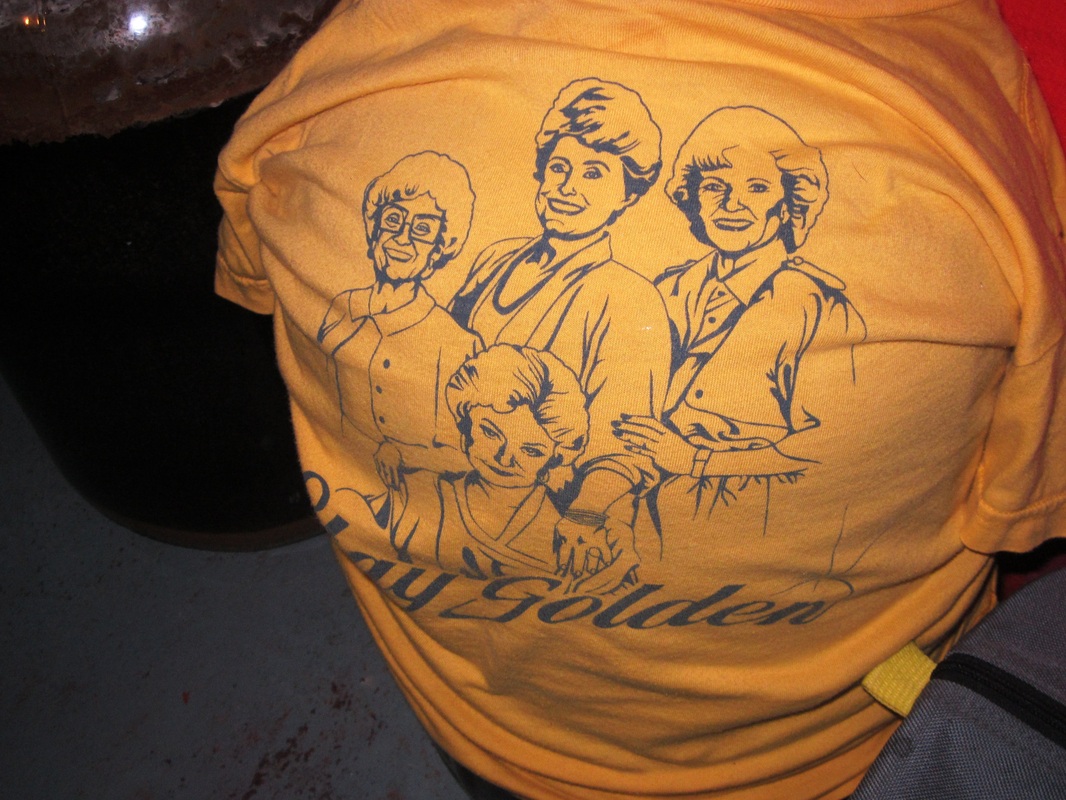
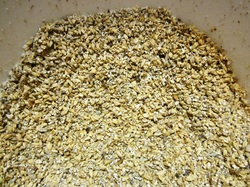

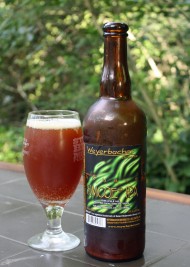
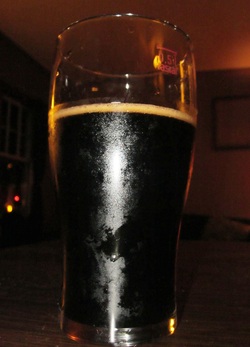
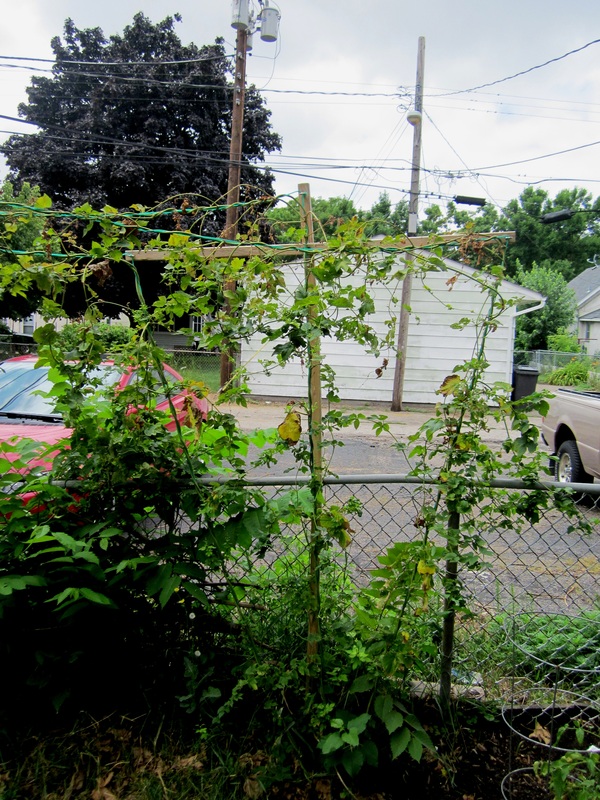
 RSS Feed
RSS Feed